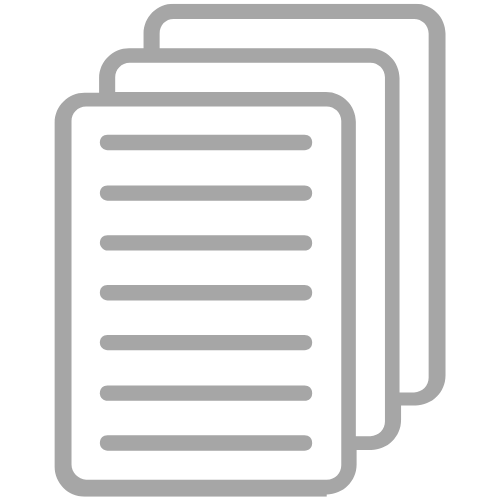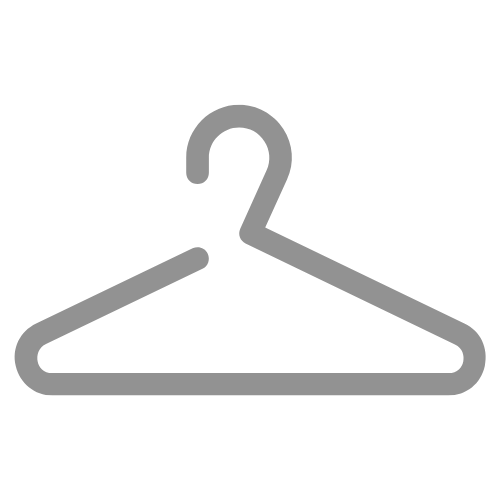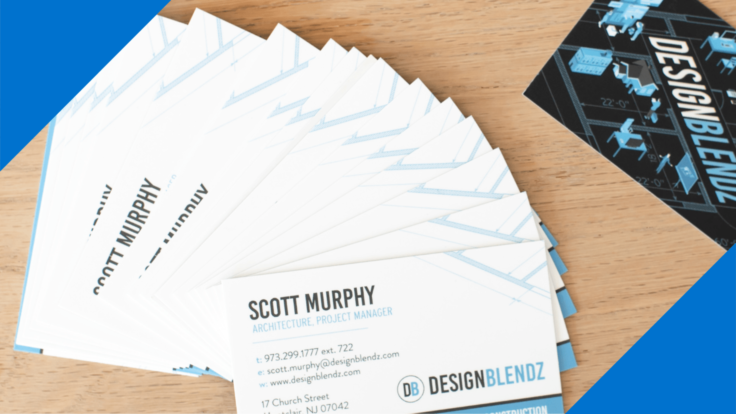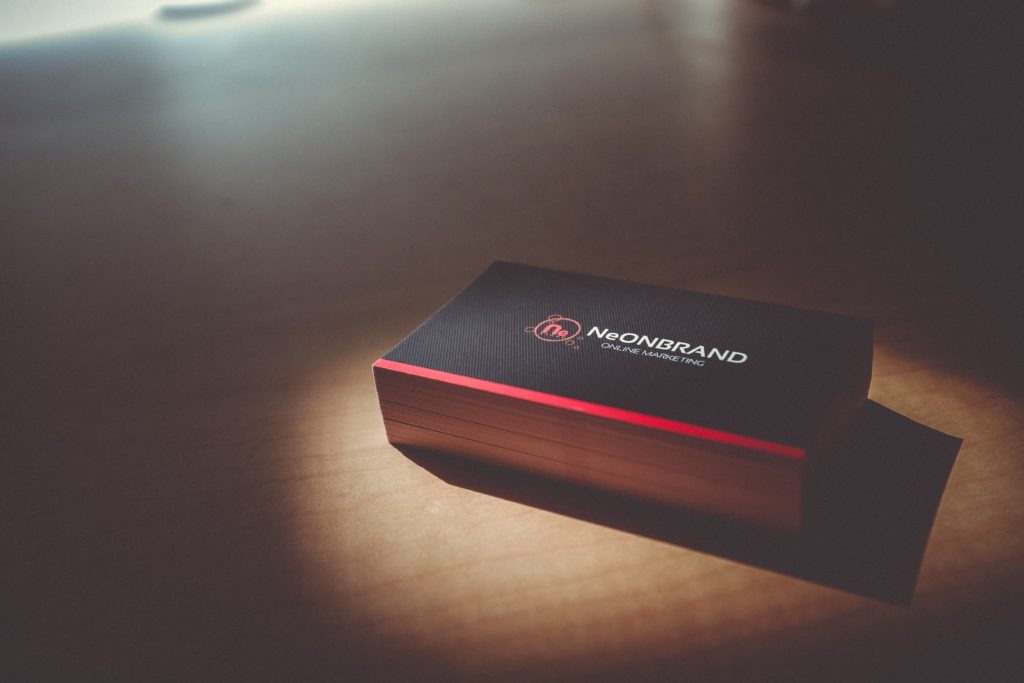A lot has changed in our tech-driven modern society. Email has replaced postal mail, smartphones have replaced landlines — even face-to-face meetings are now being held on virtual conferencing platforms.
In light of all this, one might be led to assume that old-fashioned paper business cards are a thing of the past. That assumption, however, is far from the truth.
In fact, the hyper-digitalization of our world has made tangible mediums — like business cards — stand out even more. For example, think of how much more meaningful a handwritten letter has become.
But, when we think of business cards, we generally envision a company card that’s issued to you by your employer. However, there’s a second type that can be highly advantageous to your career: personal business cards.
In this article, we’ll be exploring:
- Who needs a personal business card
- The benefits of having a personal business card
- What to include on your personal business card
- The best places to design/print your personal business cards
- An effective strategy to get your personal business cards in the right hands
Let’s dive in…
Who Needs Personal Business Cards?
As a rule of thumb, if you’re wondering whether or not you need a personal business card, there’s a good chance you do. After all, there can be plenty to gain from having one and nothing to lose.
That being said, there are certain circumstances in which personal business cards are particularly applicable:
- You’re seeking a new job (or are open to new opportunities)
- You have a side-hustle or do freelance work (or would like to)
- You’d like to expand your network and build your personal brand (more on this to come)
To illustrate why you’d want to have a personal business card in these scenarios, let’s review some potential benefits…
Benefits Of Having A Personal Business Card
Personal business cards can be categorized within the broader realm of personal branding. As was alluded to in the introduction, personal branding in the digital era largely comes down to building a strong online presence. However, personal branding is not limited to online channels — and business cards are one of the most powerful ‘offline’ branding tools you can utilize.
At its core, the main advantage of personal branding is that it positively shapes how others perceive you. Subsequently, the same advantage applies to personal business cards.
Here are 4 ways in which having a personal business card will give you an edge:
Your networking interactions will be more impactful. Suppose you’re at a networking event and you’re wrapping up a compelling conversation with someone. In parting, you hand them a sleek, stylish personal business card and tell them you’d like to stay in touch. Now, that’s ending on a good note!
You’ll exude professionalism. Whether you’re networking or interviewing for a job, small details can go a long way. Handing someone your personal business card is a simple gesture, but it elevates the overall impression you leave and frames you as a sharp individual who takes their career seriously.
You’ll always be ready to capitalize on opportunities. Sometimes pivotal networking opportunities happen when we least expect them. Picture this: you just struck up an interesting conversation on the morning train. Ten minutes in, you realize you’re talking to a VP at Google…and they’re getting off at the next stop! Fortunately, you’re able to slip them your personal business card in the nick of time.
You’ll strengthen your personal brand. As mentioned above, in addition to the convenience of having your contact info on hand, business cards can play an integral role in your personal branding efforts. Everything, from the aesthetic of the card to the information included (more on that below), will help tie your personal brand together into a cohesive whole.
*To learn more about personal branding, check out my article, How to Build a Personal Brand to Advance Your Career.
What To Include On Your Personal Business Card
It goes without saying that your business card should look slick. And, obviously, you’ll need to include your name and contact information — but there’s more to it than that.
Here are the top components that make up a stellar personal business card:
- Name – should match the name you use on your LinkedIn profile.
- Contact Info – your preferred personal phone number and email address.
- Title – this can be a self-given title that reflects your expertise and/or mission.
- Photo – use a high-res professional headshot.
- Personal Website – if you don’t have one, you should strongly consider creating one.
- Social Media Profiles – specifically your LinkedIn URL (and other social media handles if they’re part of your personal brand).
Optional Additions
- Custom Logo – try to avoid generic shapes (a monogram would be better).
- Brief Value Proposition – keep it short and sweet — you don’t want to overload the card.
We’ve explored the benefits and outlined the elements you should include on your personal business card. Now, let’s talk about how to bring your card to life!
Best Places To Design And Print Business Cards
There’s no shortage of options when it comes to creating personal business cards. Numerous online companies have streamlined the process, allowing you to easily design, print, and ship your cards to your doorstep.
Here are the top 3 I’d recommend:
Vistaprint – the leading player in the space, Vistaprint has cemented its position as the go-to option for custom printing needs. They offer a wide assortment of paper types, design templates, and you can even choose to work with a professional designer for only $10.
Canva – this company made a huge splash in the graphic design world with its versatile, drag-and-drop platform that makes custom designing a breeze. Like Vistaprint, Canva also offers an extensive array of templates, shapes, and finishes — all of which come with free shipping.
MOO – a newcomer in the online printing space, MOO stands out for its unique, high-quality materials and stunning finish options. For example, they have cotton business cards made from recycled T-shirt offcuts (great for eco-conscious folks) and raised gold/silver foil finishes for a truly luxurious feel.
Getting Your Business Card In The Right Hands
Personal business cards are an essential item to have if you’re interested in growing your network and building your personal brand. But, no matter how good your business card looks, it won’t do you much good if you’re not putting yourself out there and actively networking with other professionals.
In addition to networking events, industry conferences, and trade shows, I highly recommend using informational interviews to set up 1-on-1 meetings with influential people in your field (or a field you’re interested in). So, what is an informational interview? I’m glad you asked!
In a nutshell, an informational interview is a meeting in which you (the interviewer) are granted the opportunity to learn more about your interviewee’s job role, industry, and current projects/challenges. Generally speaking, you should request informational interviews with people who: a) work for companies you admire b) work in roles you’d like to pursue or c) ideally, a combination of both!
For example, if you’re pursuing a career in marketing and your dream job is working for Google, then your prime ‘informational interview targets’ will be marketing managers (or above) at Google. That being said, it can still be beneficial to hold informational interviews with other marketing pros as well. Doing so will not only provide you with career insights but also serve as a highly valuable networking opportunity — so get those personal business cards ready!
How To Land An Informational Interview
Wondering how to land a high-value informational interview? Here are 4 steps to get started:
Head over to LinkedIn to scout for potential targets. Returning to our Google example, you can use the LinkedIn search bar to find Marketing Managers at Google (i.e. prime interview targets). You can also expand your search to other companies or narrow your search by honing in on more specific roles (e.g. Product Marketing Manager).
Determine their contact information. Use Mailscoop.io to find the corporate email convention (e.g. [email protected]). Then, verify the address using Mailtester.
Perform some research on the individual. Scan Google, Youtube, and social media (particularly LinkedIn and Twitter) to learn more about the person before reaching out. What was their previous role? Have they written any blog posts or LinkedIn articles? Have they shared any interesting perspectives on social media recently?
Send a personalized outreach email. Using the info you’ve gathered above, craft a thoughtful email that references something that stood out to you during your research process. Then, ask them if they’d be willing to have a quick call/meeting so you can learn more about their current role.
For a more detailed breakdown of informational interviews, check out my article, The 10 Best Questions to Ask in an Informational Interview. And, to take your professional networking efforts to the next level, don’t miss my ultimate guide on How To Get A Job Anywhere Without Applying Online!































